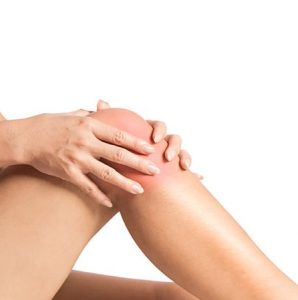Hamstring Injury
Hamstring Injury
A hamstring injury appears when you strain or pull any of the hamstring muscles. Hamstring muscles are a group of three muscles that are present at the back of your thigh. Athletes or any person who plays soccer, basketball, football, tennis, squash, or any type of sport which requires sudden stop and start activity and movement are more likely to develop hamstring injury. Runners and dancers might develop this injury.
Symptoms
A person with hamstring injury typically experiences
- Sharp pain triggers in the back of the thigh, suddenly.
- Popping and tearing sensation.
- Swelling and tenderness within a few hours.
- Bruising or discoloration at the back of the leg.
- Muscle weakness.
- Unable to put on weight on the affected leg.
Causes
The three hamstring muscles make your leg possible to extend straight behind your body. It also helps the knee to bend. When any one of these muscles stretches against the limit during any sport or physical activity, it results in hamstring injury.
Risk factors
There are certain risk factors that cause hamstring injury:
- Sports and activities which require sprinting or running, dancing, or extreme stretching, make a hamstring injury more possible.
- If anyone had a history of one hamstring injury, he or she is more likely to have another.
- if anybody resumes all the activities and sports at a pre-injury level of intensity before your muscles heal and rebuild strength, they are more likely to develop another or make the previous worse.
- If a person has poor elasticity their muscles are not capable to bear the full force of the stretching or flexion needed during a certain activity and can cause injury.
- A muscle imbalance also leads to a hamstring injury. When the quadriceps (muscle along the front of the thigh) become stronger and developed than hamstring muscles, it is also more likely to injure the hamstring muscle.
Treatment
The first and initial goal of treatment is to reduce the pain and swelling. To fulfill this goal, the doctor may recommend the following:
- Take a break from such activities to heal the injury fully.
- Use crutches or cane to avoid pushing full weight on the affected leg.
- Do icing several times a day for relieving pain and reduce swelling.
- Compress the injured area with a bandage or wear compression shorts to reduce pain and swelling.
- Lift the leg elevated above the level of the heart. It improves drainage, circulation, and minimize swelling.
- Take pain-relief medicines, such as ibuprofen or acetaminophen or others to reduce inflammation.
Physical therapy
Another effective option is physiotherapy. After the reduction of pain and swelling of the hamstring injury, the doctor refers to a physical therapist who will tell how to perform specific exercises to improve the elasticity, flexibility, and strength of the hamstring muscles.
Surgery
If one of the hamstring muscles has pulled free from where it’s attached to the pelvis or bone, orthopedic surgeons can reattach it. Severe muscle tears can be repaired through surgery.
